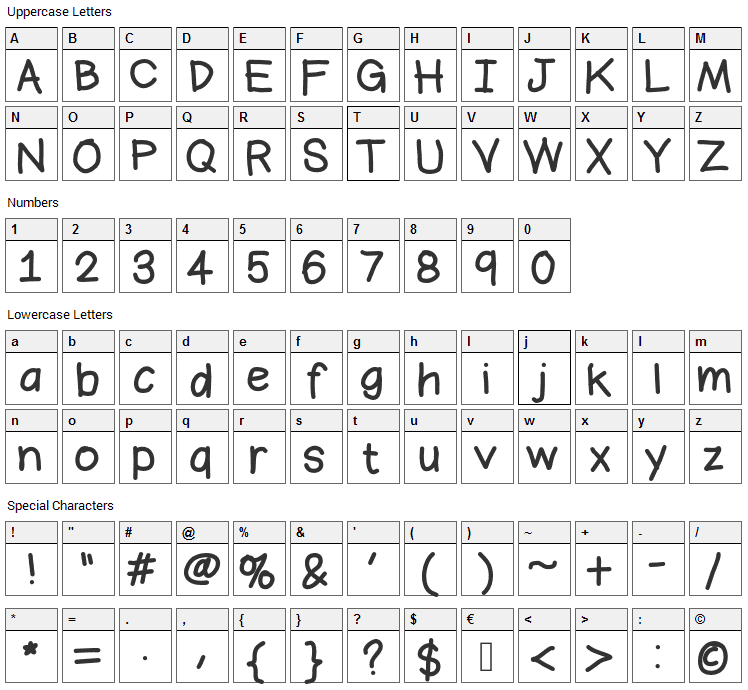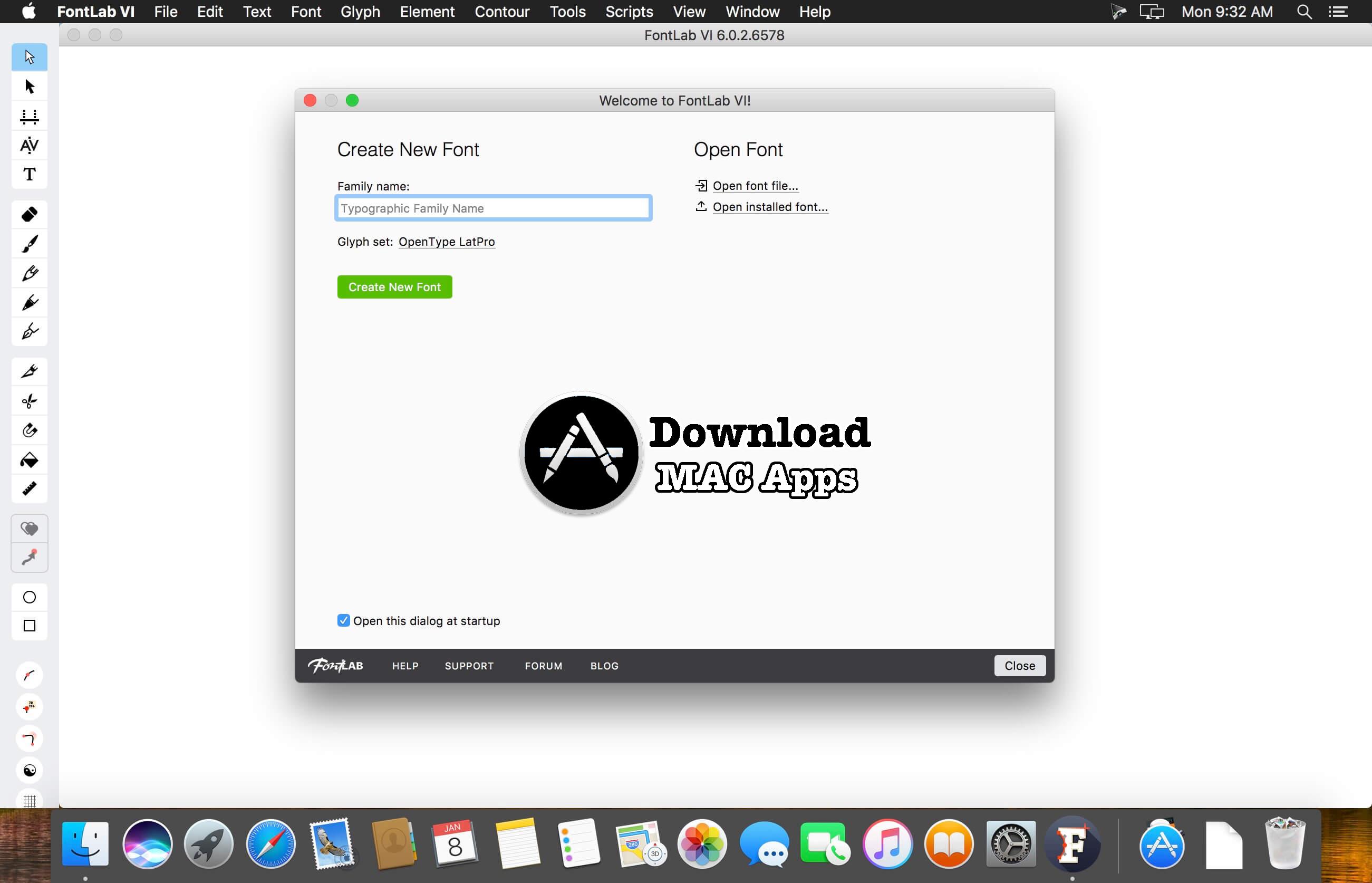

Replace “class1” with your desired class name - let’s call them salt1 and salt2. Press the big plus (+) in the lower left hand corner to add 2 new OpenType classes. It’s the little green button with squares on the top menu bar or Window > Panel > Classes

Eg: replace glyphs in ClassA with glyphs in ClassB.

You tell Fontlab what to do do with classes using unbelievably simple OpenType commands. A safe name for a “ch” ligature is “c_h”.įontlab uses classes to handle a range of glyphs all at once. For example, if I made a ligature of “ch”, I do not name its cell “ch”. To avoid adding new glyph names that may conflict with unicode pre-assigned glyph names, discretionary ligatures are not named in the same convention as fi and fl. Choose a naming scheme you’re happy with and be consistent in naming your stylistic alternates. An alternate aring can be named “aring.alt1” or “aring.1” You get the idea. An alternate # can be named “numbersign.alt1” or “numbersign.1”. Choose a simple naming schem that shadows the names of standard glyphs.

It needs a name before it can be programmed. Say I’ve drawn a stylistic alternate capital R in one of the unassigned cells. To create a new blank glyph cell, go to Glyphs > Generate Glyphs, and then type in what you want the name of the glyph to be, and hit OK. Glyphs for SALT, DLIG and all alternate characters are added to unassigned (or blank) glyphs cells. SALT - Stylistic Alternates: Handles alternate versions of standard glyphs, ie: a - z, A - Z, numerals 0 - 9, punctuation and currency symbols. DLIG is especially useful for script faces when you want to make lots of custom combinations. You can add in all sorts of sequences of glyphs like “swell”, “ill” and “spatula”. All serious text fonts and most good quality display fonts include these ligatures as standard.ĭLIG - Discretionary Ligatures: Like LIGA but for non-standard ligatures and word ligatures. LIGA - Standard Ligatures: For “fi”, “fl”, “ae”, “oe” “AE and "OE” ligatures (auto generated by Fontlab).


 0 kommentar(er)
0 kommentar(er)
